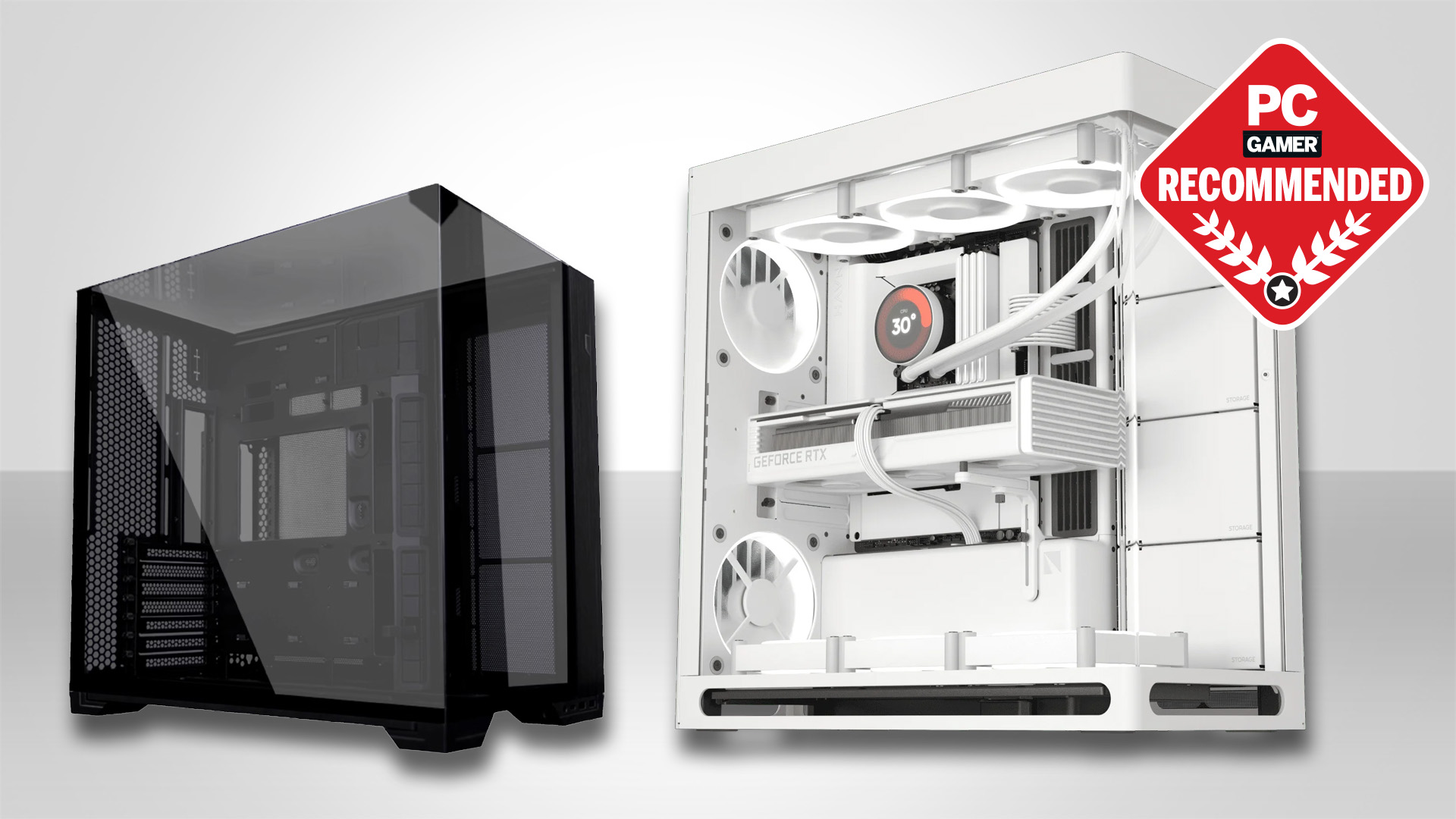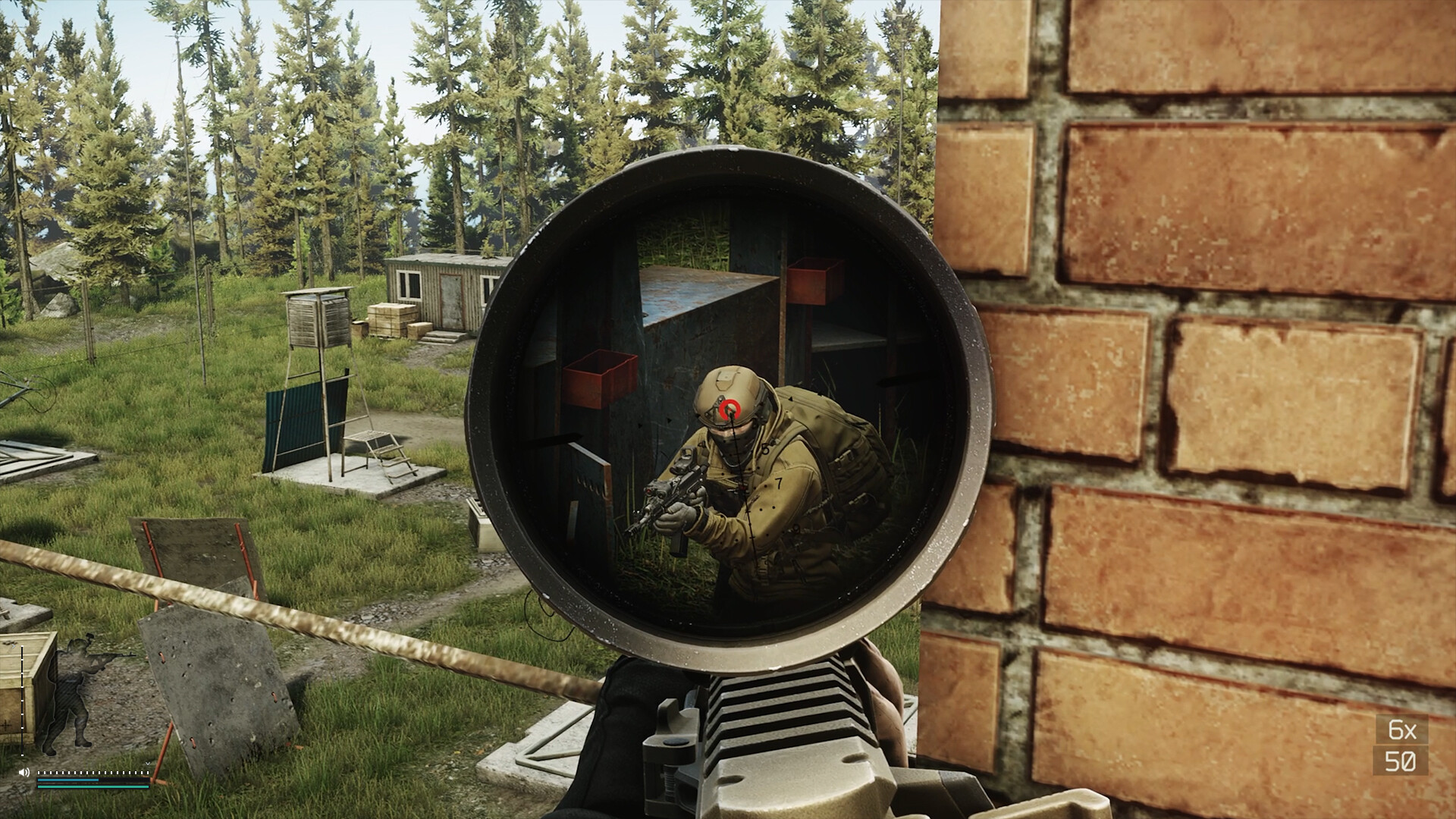Nvidia's little gold box of pure AI power, the DGX Spark, is finally out and the comparison with AMD's much cheaper Strix Halo chip is looking a little fugly
FP4 to the rescue?
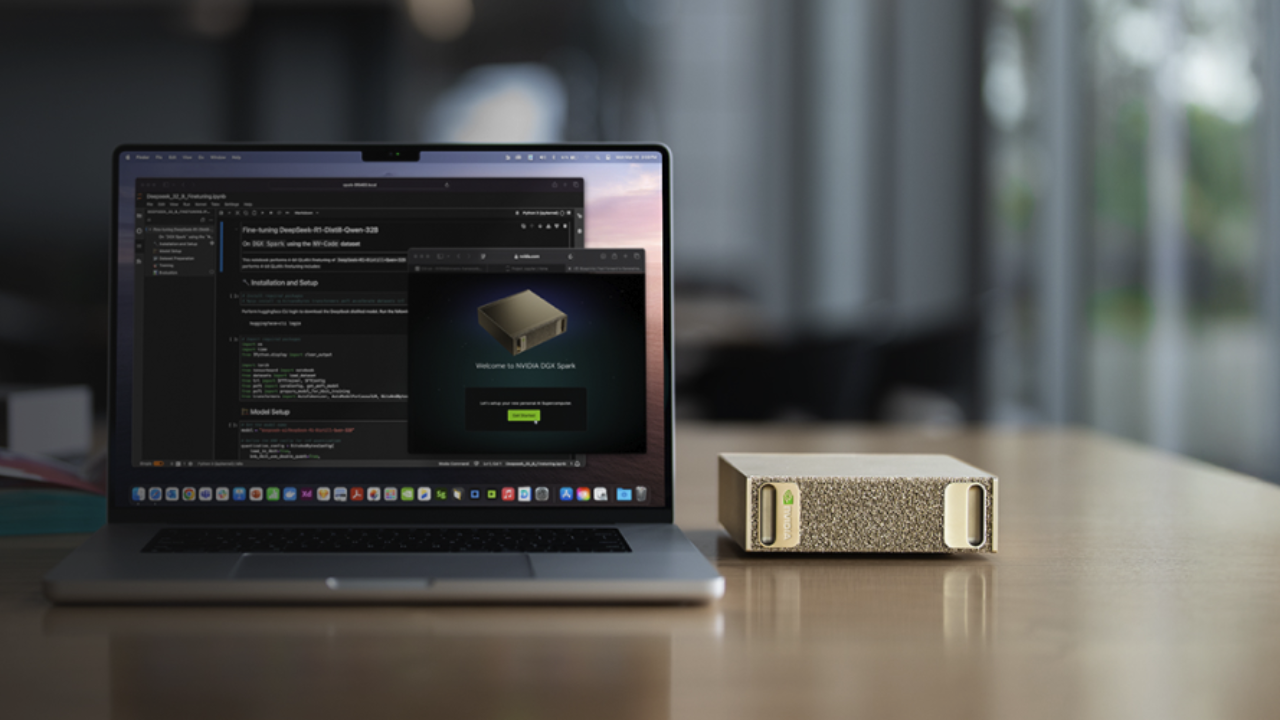
So, Nvidia's little gold box of pure AI power, the DGX Spark is finally out. But is it any good? The answer depends who's doing the asking and what they're asking of the Spark. By some common measures, it's no faster than another small box based on AMD's Strix Halo chip that's available for about half the price. Ouch.
Much of this comes down to the minor matter of floating point math precision. I can feel your eyes glazing over, but bear with me. The finer details aren't that important. All you really need to know is that lowering the floating point precision being used can speed up performance at the cost of eventual AI model accuracy.
Oh, and that like all Nvidia hardware based on its latest Blackwell technology, the DGX Spark has special optimisations for the lowest and fastest tier of floating point math, known as FP4. In the simplest possible terms, you'll get better results from your AI model with a higher precision like FP8, but it'll run slower. And a lot slower than a GPU with FP4 optimisations.
With all that in mind, how does DGX Spark stack up and how does it compared with AMD's Strix Halo chip? Right out of the, er, little gold box, it's worth noting that a DGX Spark with 128 GB of memory and a 4 TB SSD sells for $3,999, while a Framework Desktop with the AMD Strix Halo chip which our own Dave has reviewed, branded AMD Ryzen AI Max 385, kitted out with 128 GB of memory and the top-spec WD Black SN850X SSD clocks in at just $2,348. So, miles, miles cheaper.
Exhibit one in this debate is YouTuber Bijan Bowen, who bought a DGX Spark with his own money and says he was sceptical of what he saw as the softly-softly coverage the box got at launch.
Bowen doesn't specify exactly what floating point modes he's using but broadly says he's interested in real-world performance, not hunting down special cases that support FP4. My understanding is that all his tests were run at either FP8 or FP16.
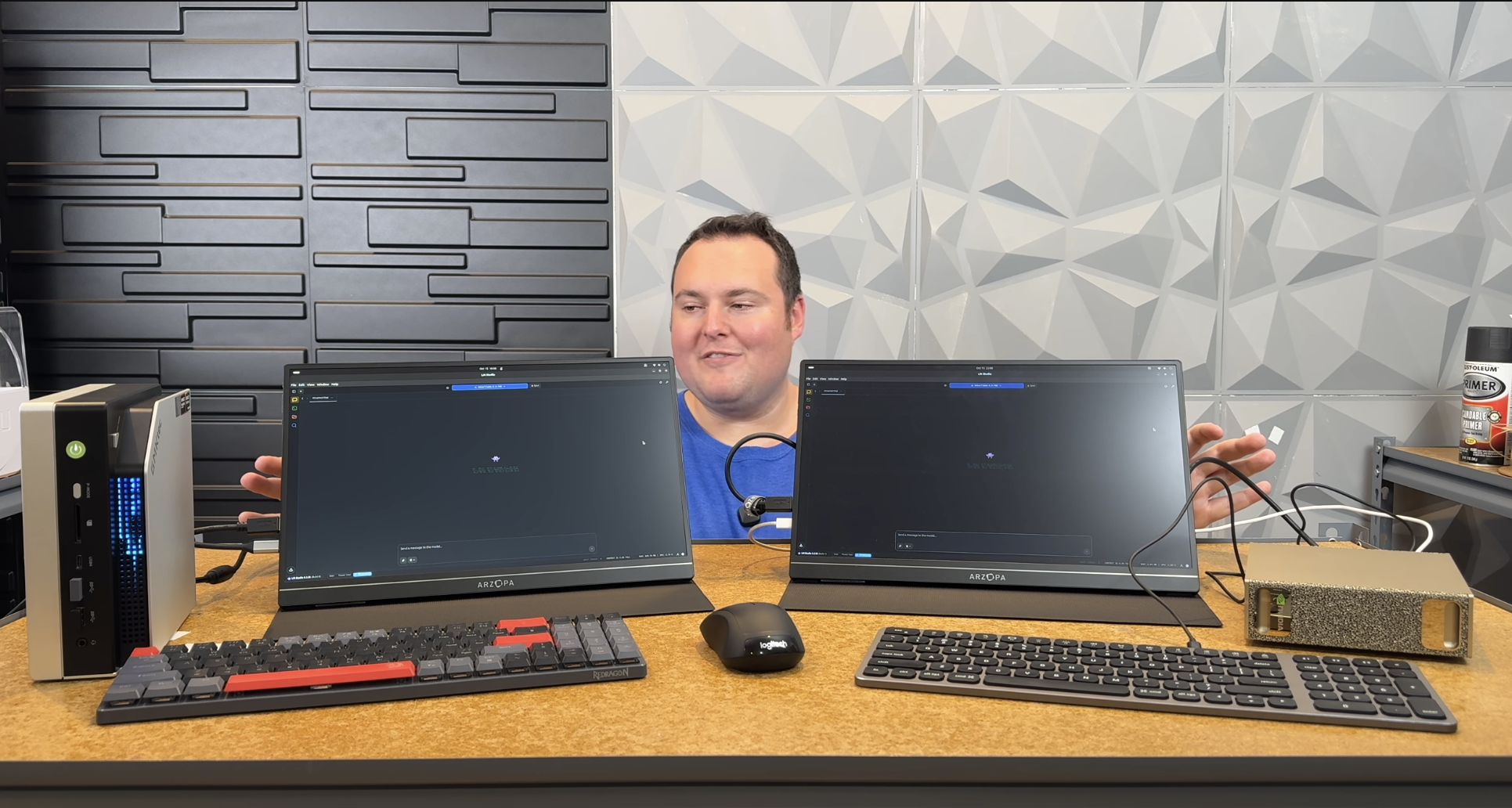
With that said, how does DGX Spark compare with AMD Strix Halo in the Framework box? Running the Llama 3.3 70B model and giving both machines the same, "Tell me a story" prompt, Strix Halo kicks out 4.97 tokens per second, DGX Spark 4.67 tokens per second.
Keep up to date with the most important stories and the best deals, as picked by the PC Gamer team.
In Qwen3 Coder (with a context length of 32,768 if you care about the details) with the prompt, "Using HTML, IS and CSS, generate a browser-based OS", Strix Halo hits 35.13 tokens per second and DGX Spark 38.03 tokens per second.
Finally, moving to the GPT-OSS-20B model, Bowen found the Strix Halo box had problems going beyond a rather low context length of 8,192. But with that limitation in mind and a prompt of, "Explain the concept of quantization to an 85 year old" Strix Halo cranks out 64.69 tokens per seconds, DGX Spark 60.33 tokens per second.
All of which means when it comes to FP8 and FP16 performance, DGX Spark is twice the money of Strix Halo for about the same performance. Oh dear.
Exhibit two, however, is Level1Techs. He says the appeal of DGX Spoark is a mini AI lab that supports a huge range of software out of the box and helps to teach the benefits of FP4, rather than its peak performance.
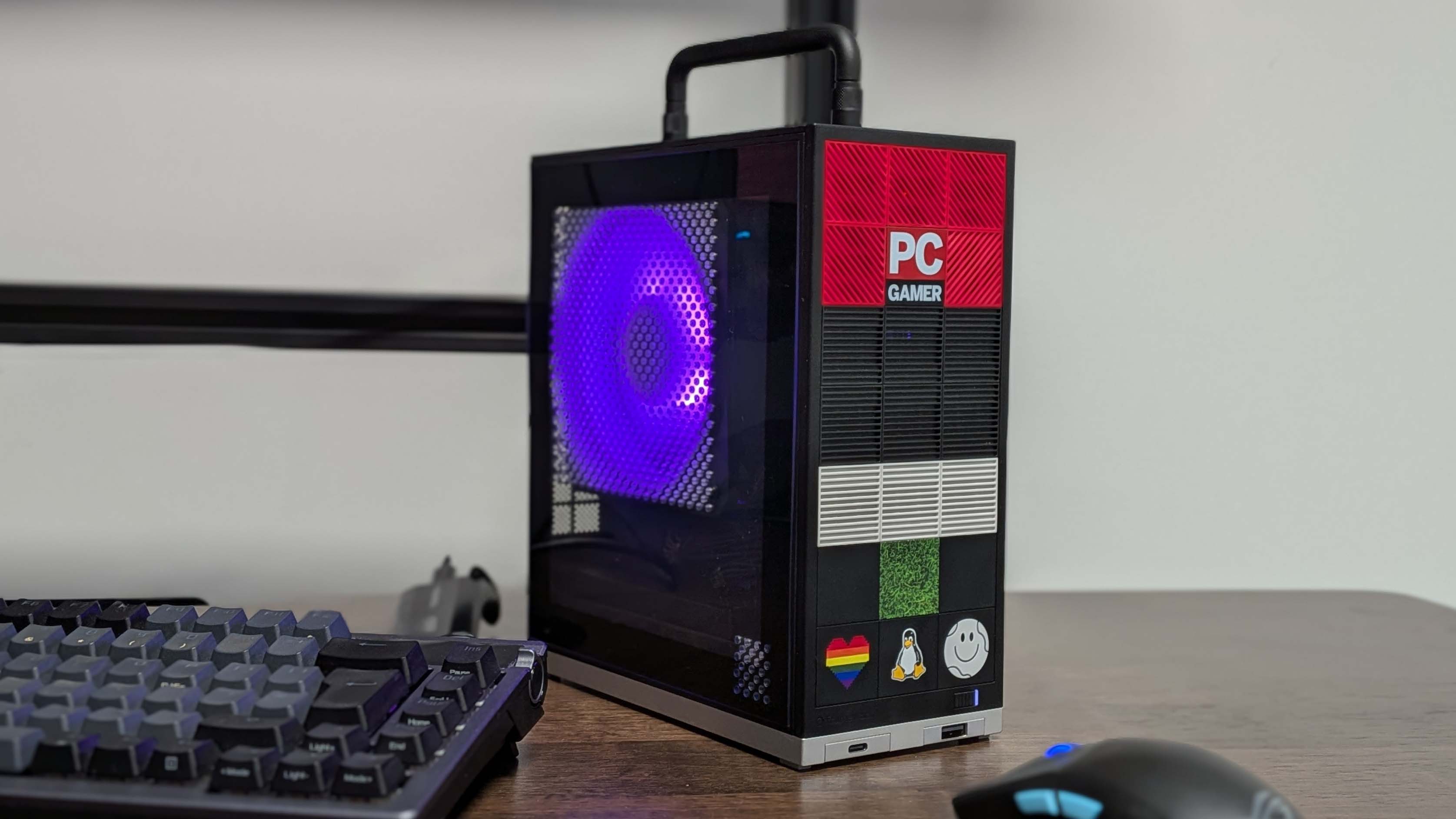
He too says you can get similar FP8 performance from AMD Strix Halo, but points out that, "Blackwell has hardware support for FP4." Unfortunately, Level1Tech didn't provide any comparative testing.
There are several other early reviews, such as NetworkChuck's, and broadly the consensus is the same. For the money it's slow, but the 128 GB of memory means you can do much more with it than with a conventional desktop GPU and likewise the software support makes it a great learning tool.
All of which means the DGX Spark is an intriguing device. It has obvious shortcomings, clear limitations. It's way too expensive for the raw performance. And for many, maybe even most users, a machine based on AMD's Strix Halo chip will be way better value. But DGX Spark may still be very useful depending on what, exactly, you're setting out to achieve or perhaps more pertinently, learn.
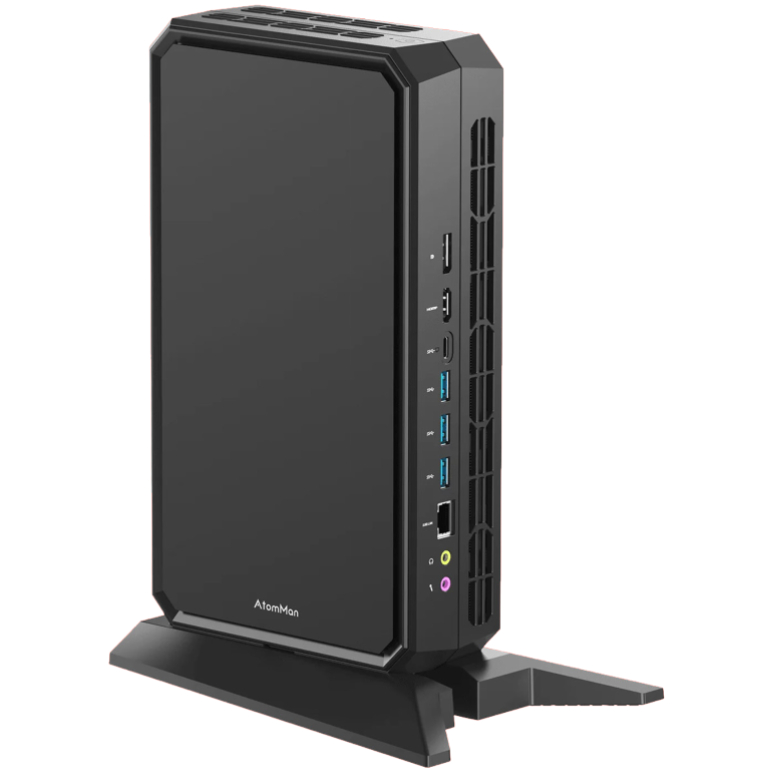
1. Best overall:
Minisforum AtomMan G7 PT
2. Best budget:
Minisforum Venus UM790 Pro
3. Best pure gaming:
Asus ROG NUC 970
4. Best compact:
Geekom AX8 Pro
5. Best looking:
Ayaneo Retro Mini AM02
6. Best iGPU for gaming:
Beelink SER9
7. Best for AI:
Framework Desktop

Jeremy has been writing about technology and PCs since the 90nm Netburst era (Google it!) and enjoys nothing more than a serious dissertation on the finer points of monitor input lag and overshoot followed by a forensic examination of advanced lithography. Or maybe he just likes machines that go “ping!” He also has a thing for tennis and cars.
You must confirm your public display name before commenting
Please logout and then login again, you will then be prompted to enter your display name.
